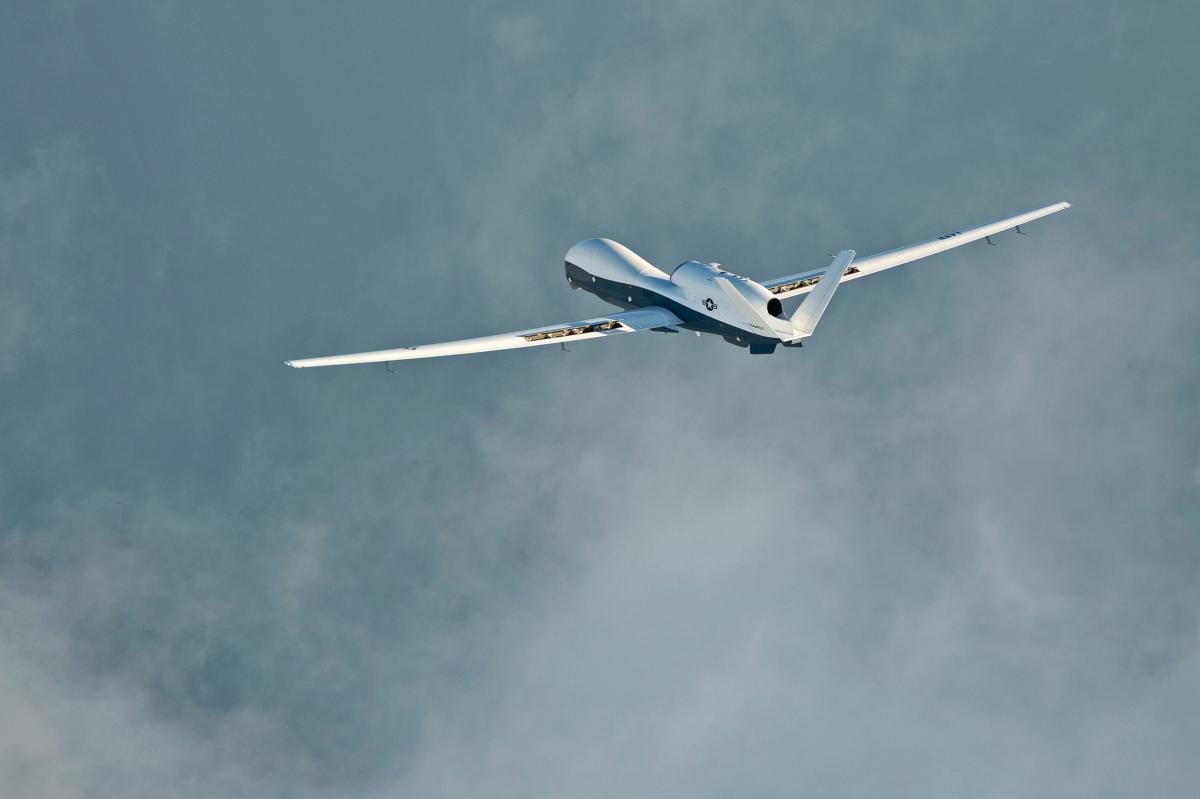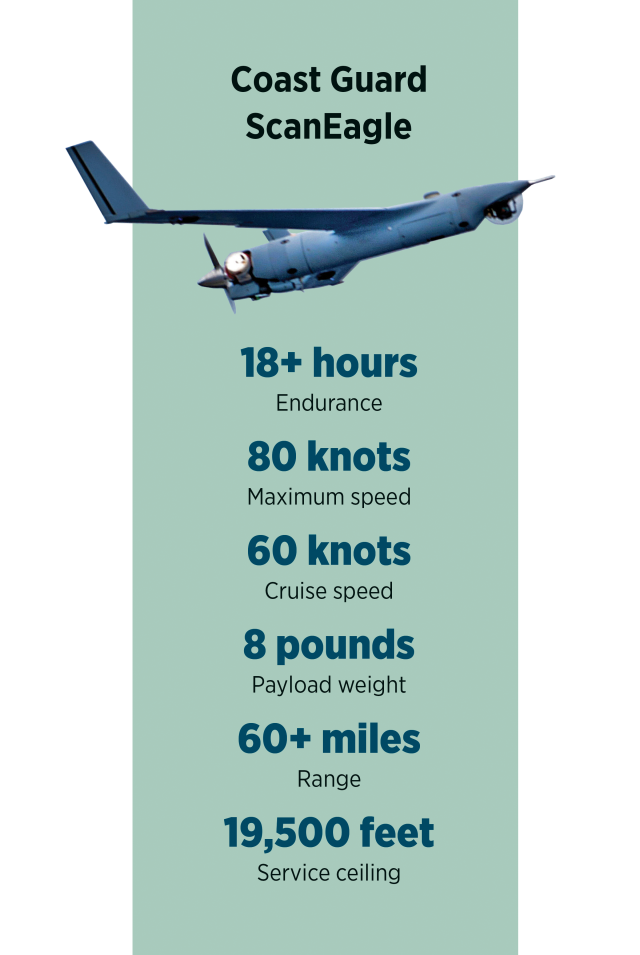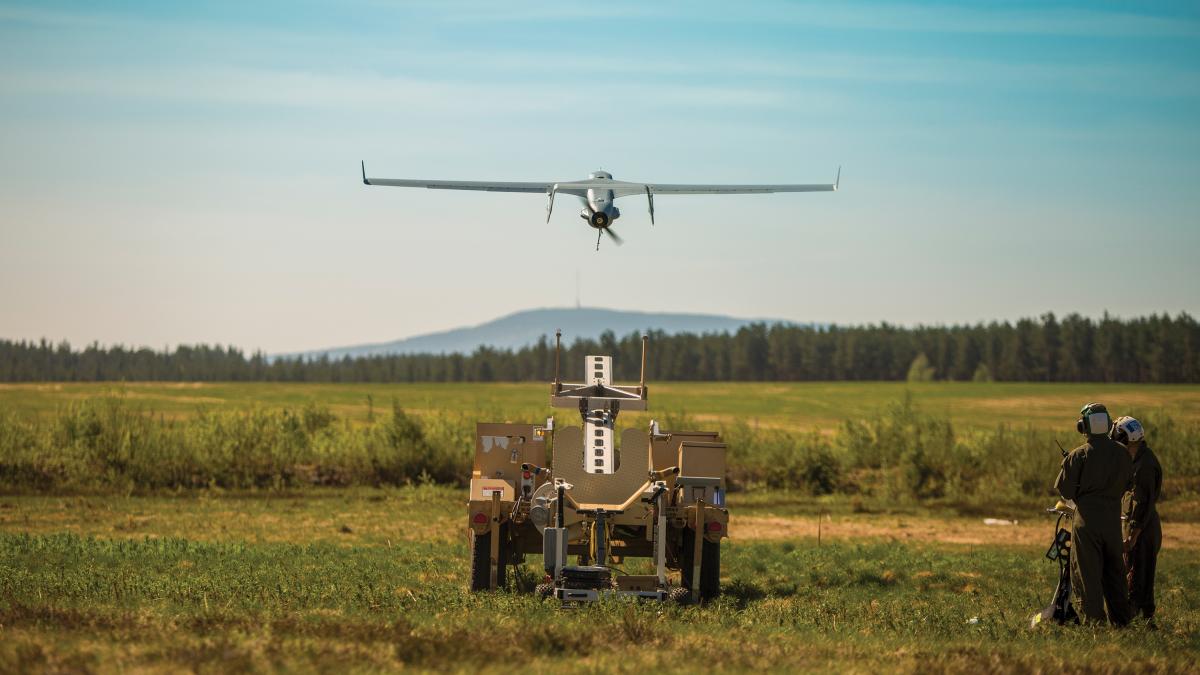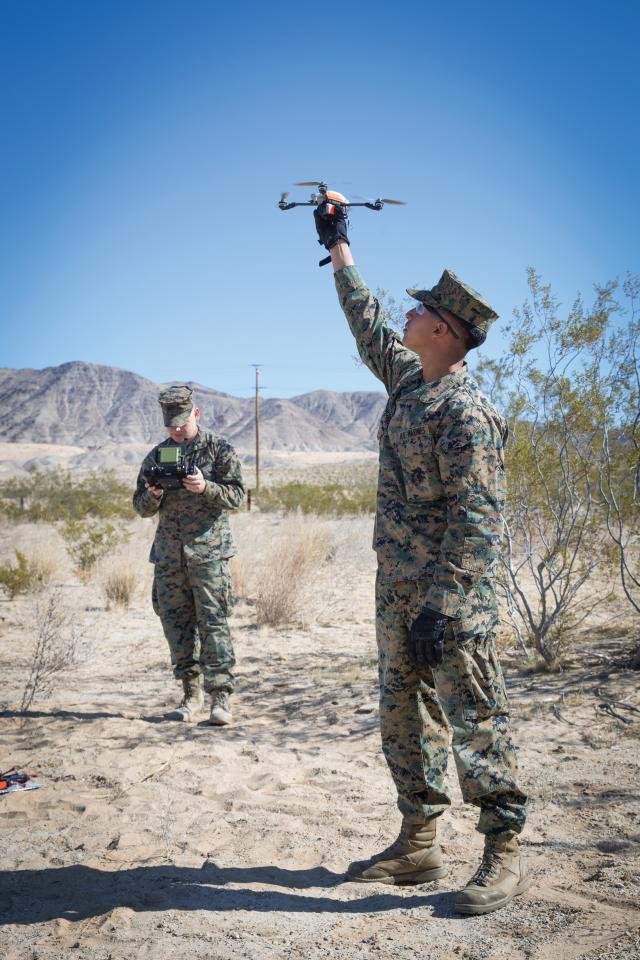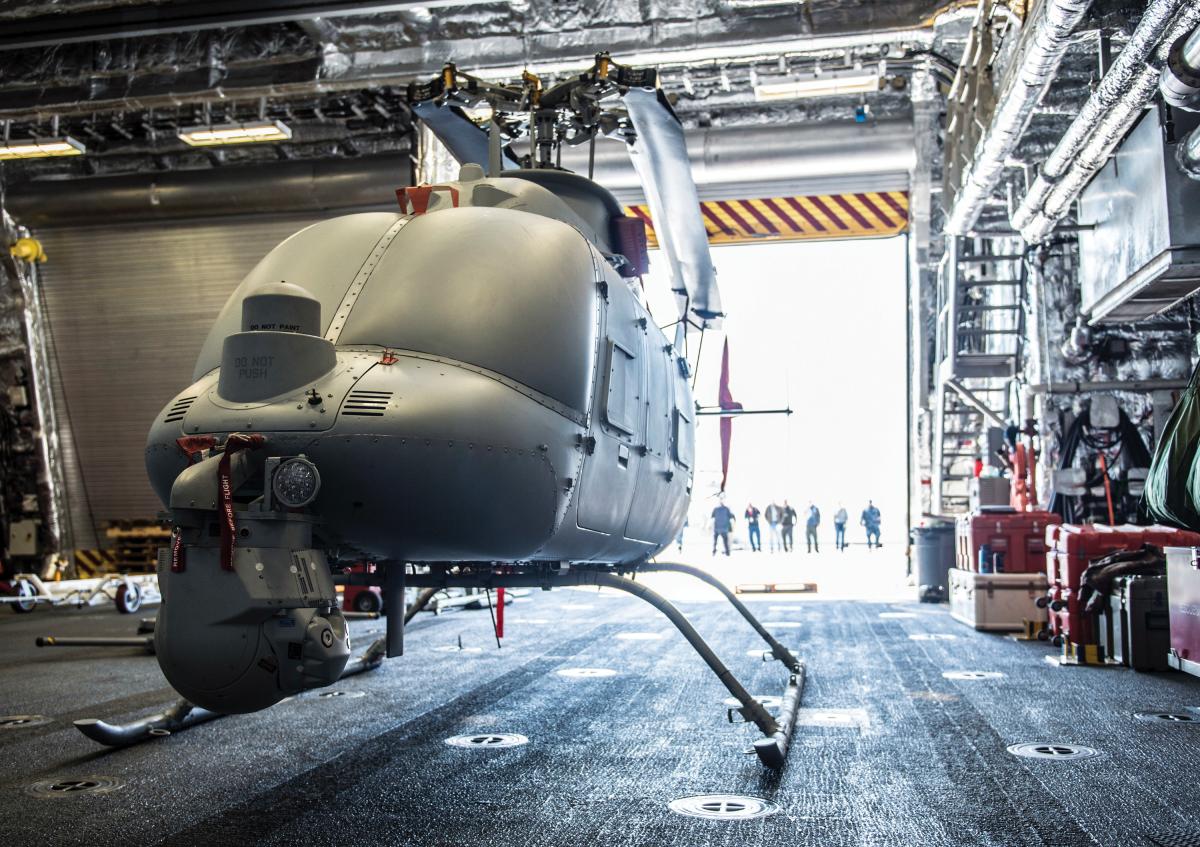“We need . . . these capabilities and we need them now, not 10 years from now!”
—Former Marine Corps Commandant General Robert Neller
The Navy, Marine Corps, and Coast Guard increasingly depend on unmanned aerial systems for a variety of tasks. Dozens of platforms are already in the fleet or in development, for missions ranging from aerial-refueling to strike to reconnaissance. Here are just a few to consider.
Coast Guard ScanEagle
The Coast Guard plans to allocate 3 MQ-27 ScanEagle UAVs to each of the 11 national security cutters for intelligence, surveillance, and reconnaissance (ISR), search-and-rescue, and maritime interdiction missions.
RQ-21 Blackjack
With the phaseout of the RQ-7 Shadow at the end of 2017, the RQ-21 Blackjack has stepped into a frontline role for the Marine Corps, with a variety of electro-optical and infrared sensors. Several possible upgrades are in the works.
Endurance: 16 hours
Maximum speed: 75 knots
Cruise speed: 55 knots
Payload weight: 60 pounds
Range: 58 miles
Service ceiling: 19,500 feet
There’s MUX Ado in the Marine Corps Aerial Drone World!
The Marines want MUX—the MAGTF UAS Expeditionary—to be a tiltrotor-based jack-of-all-trades. It will perform airborne early warning, escort for other platforms, strike missions, and resupply. It should be capable of roughly eight hours on station, a range of 350 nautical miles, and a speed of
200 knots.
MQ-4C Triton
High-altitude long-endurance maritime surveillance UAS derived from the Air Force RQ-4 Global Hawk. Triton provides real-time ISR and SAR support across broad ocean and coastal areas. It is designed to work closely with the Boeing P-8 Poseidon maritime patrol aircraft.
Endurance: 30 hours
Maximum speed: 320 knots
Cruise speed: 260 knots
Payload weight: 17,000 pounds
Range: 9,400 miles
Service ceiling: 56,000 feet
Quads for Squads
The Marine Corps plans to purchase 800 Mk-2 GEN3-A0 InstantEye quadcopter drones for infantry squads to see what’s on the other side of the hill. Eventually, the Corps wants a quad for every squad.
The quadcopters weigh about one pound and can operate at a range of up to eight miles and altitudes up to 12,000 feet, depending on payloads. Batteries can last up to 30 minutes.
MQ-8C Fire Scout
Autonomous takeoff and landingcapability makes the MQ-8C unmanned helicopter system a versatile ISR platform for the Navy. Derived from the Bell 407, the MQ-8C achieved initial operational capability in July.
Endurance: 15 hours
Maximum speed: 140 knots
Cruise speed: 110 knots
Payload weight: 2,950 pounds
Range: 170 miles
Service ceiling: 20,000 feet




